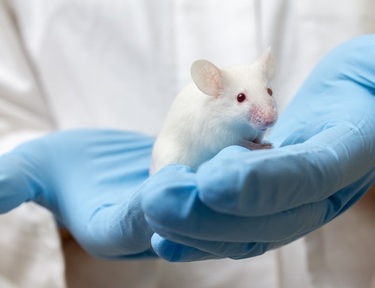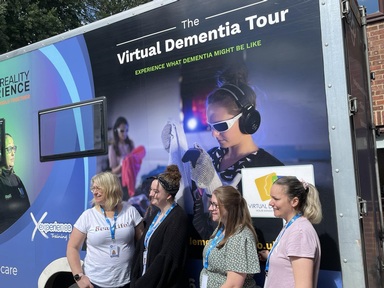Mice with altered social behaviours reveal potential cause for one in three cases of autism
Researchers at the University of Toronto have found a link between certain behavioural changes and low levels of protein in the brain, which could account for a third of cases of autism.

This could lead to earlier diagnosis and improved intervention for some children who have autistic spectrum disorder (ASD).
By decreasing levels of the protein nSR100 by just 50 per cent in mice (low levels of which have previously been linked to ASD) the scientists found that the mice began displaying “multiple autistic-like features.”
This included avoiding social interaction – the mutated mice preferred to spend time with an object rather than another mouse when given the chance – heightened sensitivity to noise, and altered synaptic density and brain signalling.
Professor Cordes, a lead author on the study, said: “We previously reported an association between nSR100 protein levels and autism.
“But this time we show that reduced levels of this protein could really be causative – that’s a big deal. Just by reducing the nSR100 levels by 50 per cent, we observe hallmarks of autistic behaviour.”
The lack of sociability was more pronounced in male mice with reduced levels of nSR100 which mirrors ASD cases in humans, further confirming the researchers’ theories.
While the low levels of the protein were engineered in the mice, the research team believe they also discovered how it occurs naturally in human brains.
‘The most definitive findings yet’ could lead to new interventions
By examining individual brain cells, the scientists found that increased brain activity, which is often associated with ASD, leads to a rapid decrease in nSR100.
This opens pathways for potential news interventions and research has already begun, testing for compounds that may increase nSR100 production in the brain.
Professor Cordes said: “Instead of focusing on individual mutations linked to autism, it’s much more powerful to identify regulatory hubs like nSR100.
“In the future, if you turned this protein up a little bit in autistic patients, you might be able to improve some of the behavioural deficits.”
The results of the study have been described as “the most definitive yet,” uncovering a strong causal link between protein deficit and ASD.
Dr Blencowe, who led the research, added: “We’ve really hit upon a common mechanism that may account for at least one third of autism spectrum disorder cases.
“Our mouse model will also serve as a useful testing ground for small molecules that have potential to reverse nSR100 deficiency in autism.”
The findings of the research were published on 15 December in the Molecular Cell journal and the article can be read in full here: http://www.cell.com/molecular-cell/abstract/S1097-2765(16)30806-1
Latest News
 29-Jul-24
Dementia Bus gives carehome.co.uk staff insight into life with dementia
29-Jul-24
Dementia Bus gives carehome.co.uk staff insight into life with dementia
 27-Jul-23
UK's top home care agencies in 2023 revealed
27-Jul-23
UK's top home care agencies in 2023 revealed
 30-Nov-22
A quarter of older people keep their falls secret from family
30-Nov-22
A quarter of older people keep their falls secret from family
 29-Nov-22
'Covid-19 has not gone away' say terminally ill
29-Nov-22
'Covid-19 has not gone away' say terminally ill
 28-Nov-22
IT consultant who received poor care opens 'compassionate' home care business
28-Nov-22
IT consultant who received poor care opens 'compassionate' home care business